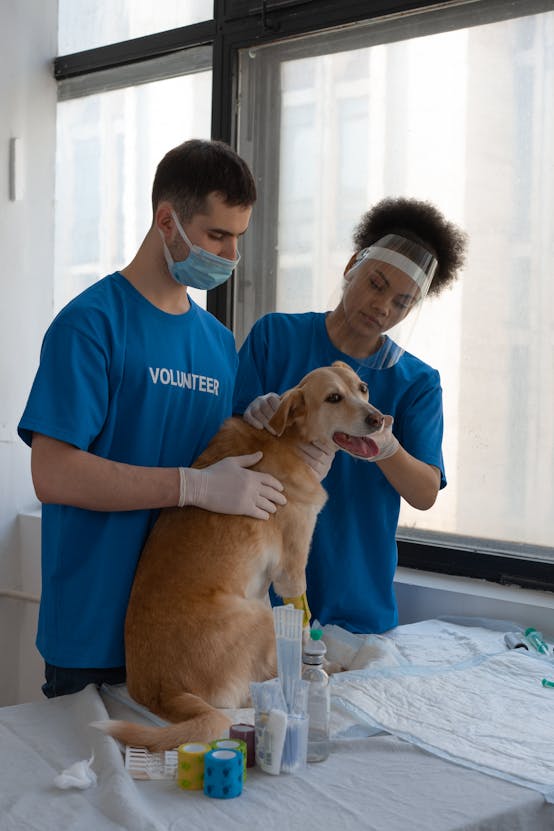Key reasons UK cats prefer certain types of weather
UK cats exhibit distinct weather preference patterns closely tied to their environment. Many prefer mild, temperate days common in the UK climate, avoiding extremes like heavy rain or intense heat. This preference aligns with their natural instincts to conserve energy and maintain comfort.
The UK’s changing climate, featuring unpredictable shifts between sunshine and rain, influences cat behavior in subtle ways. For example, cats often seek sunny spots indoors or outdoors on crisp days to regulate body temperature efficiently. During colder or wetter periods, they tend to reduce activity, opting for sheltered or warm areas to preserve warmth.
In parallel : How Does a Cat’s Vocabulary Help Us Understand Feline Behavior?
Veterinarians and animal behaviorists explain these tendencies scientifically. Cats’ fur coats adapt for insulation, but sudden weather fluctuations can prompt behavioral adjustments to maintain homeostasis. Observations show UK cats adapt routines such as eating, grooming, or resting based on ambient temperature and humidity — evidence of complex, weather-responsive behavior.
Understanding these patterns helps pet owners anticipate and support their cats’ needs, enhancing wellbeing amidst the variability of the UK climate. This scientific explanation of behavior underscores the significance of environment in shaping feline habits.
Also read : What Are the Best Ways to Train Your UK Cat?
Scientific connections between weather and cat behavior
Cats’ behavior often shifts with changes in temperature and light, driven largely by their unique feline biology. As temperature sensitivity plays a crucial role, cats tend to seek warmth during cold weather and prefer cooler, shaded areas when it’s hot. This natural instinct helps them maintain their body temperature efficiently.
Light cycles influence a cat’s circadian rhythms, the internal biological clock regulating sleep and activity. Longer daylight hours usually prompt increased activity, while shorter days may lead to more rest. Studies have shown these rhythms impact not only energy levels but also mood and general health in cats.
Researchers have found connections between weather changes and feline well-being. For example, seasonal shifts can affect their mood, sometimes causing lethargy or irritability. Temperature fluctuations may also influence their joint health, making older cats more sensitive to cold. Understanding these scientific links can help owners provide better comfort, such as adjusting resting spots or timing play sessions to align with a cat’s natural patterns. This attention to feline biology ensures a happier, healthier companion regardless of the weather.
Impact of UK climate specifics on cat lifestyle
Seasonal weather in the UK greatly influences a cat’s daily routine and wellbeing. The UK’s often unpredictable mix of rain, cold, and mild summers affects whether cats prefer indoor comfort or outdoor exploration. Outdoor cats must adapt to damp, chilly conditions during autumn and winter, often seeking sheltered spots to stay warm and dry. Conversely, indoor cats may enjoy stable temperatures but might miss out on natural stimulation seen in outdoor environments.
Cat adaptation varies widely. For instance, outdoor cats tend to develop thicker fur coats for insulation against cold spells. During spring and summer, these cats become more active, taking advantage of longer daylight hours and warmer temperatures. Indoor cats, on the other hand, often exhibit less variation in activity levels with the seasons. Many UK cat owners report their pets becoming notably lazier during winter months, reflecting natural instincts to conserve energy in harsher weather.
Practical examples include cats retreating indoors during heavy rainfall or adjusting sleep patterns according to daylight changes. Understanding these seasonal shifts helps owners provide better care, balancing safety and enrichment depending on whether their cats are indoor vs outdoor residents.
Breed and individual differences in weather preferences
Weather preferences in cats vary notably across different cat breeds, influenced by both genetics and environment. Some breeds exhibit clear tendencies toward certain climates. For example, the thick-coated Maine Coon thrives in colder weather, thanks to its dense fur designed for harsh conditions. Conversely, breeds like the Siamese often prefer warmer environments, reflecting their origins in tropical regions.
The interplay between genetics and environment shapes how cats adapt to weather. While genetic makeup predisposes a breed to certain climates, many individual cats adjust based on their living conditions. British breeders highlight that even within a breed, individual cats can differ—some Maine Coons may seek warmth indoors, while others enjoy outdoor cold exposure.
Owners’ observations in the UK often support this mixed picture. Cats’ behavior toward weather is partially inherited but also molded by their surroundings and experiences. Understanding these breed characteristics helps owners better cater to their pets’ comfort, recognizing that the interaction between genetics and environment is key in feline adaptability across weather conditions.
Comparative perspectives: UK cats vs. cats in other regions
Cats’ behavior varies notably across international comparisons, influenced strongly by regional climate and local culture. UK cats, for example, often adapt to cooler, damper conditions by exhibiting more indoor activity and seeking warmth, unlike counterparts in warmer regions who enjoy more outdoor exploration.
In warmer climates, cats tend to be more active during cooler dawn and dusk periods, avoiding midday heat. This behavior contrasts with UK cats, whose patterns align with the mild but often unpredictable weather. Global cat behavior studies reveal that felines in regions with harsher winters develop thicker coats and may reduce outdoor adventures significantly.
Environmental factors like urban density and cultural attitudes toward cats further shape routines. In some parts of southern Europe, cats roam freely outdoors more often, reflecting local acceptance and climate suitability, while in the UK, owners often restrict outdoor access due to traffic and weather.
Veterinary reports and pet owner surveys worldwide confirm these trends, highlighting how cats’ activity and social interactions adjust to local needs. Understanding these comparative perspectives helps owners tailor care and enrich feline well-being regardless of geography.



